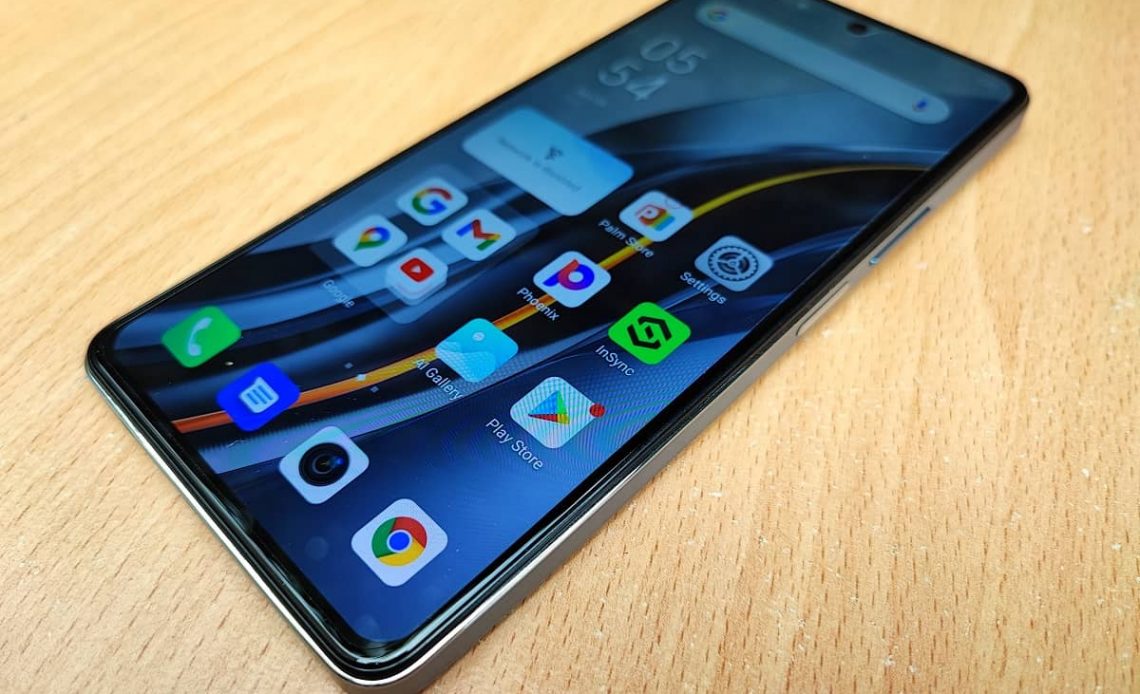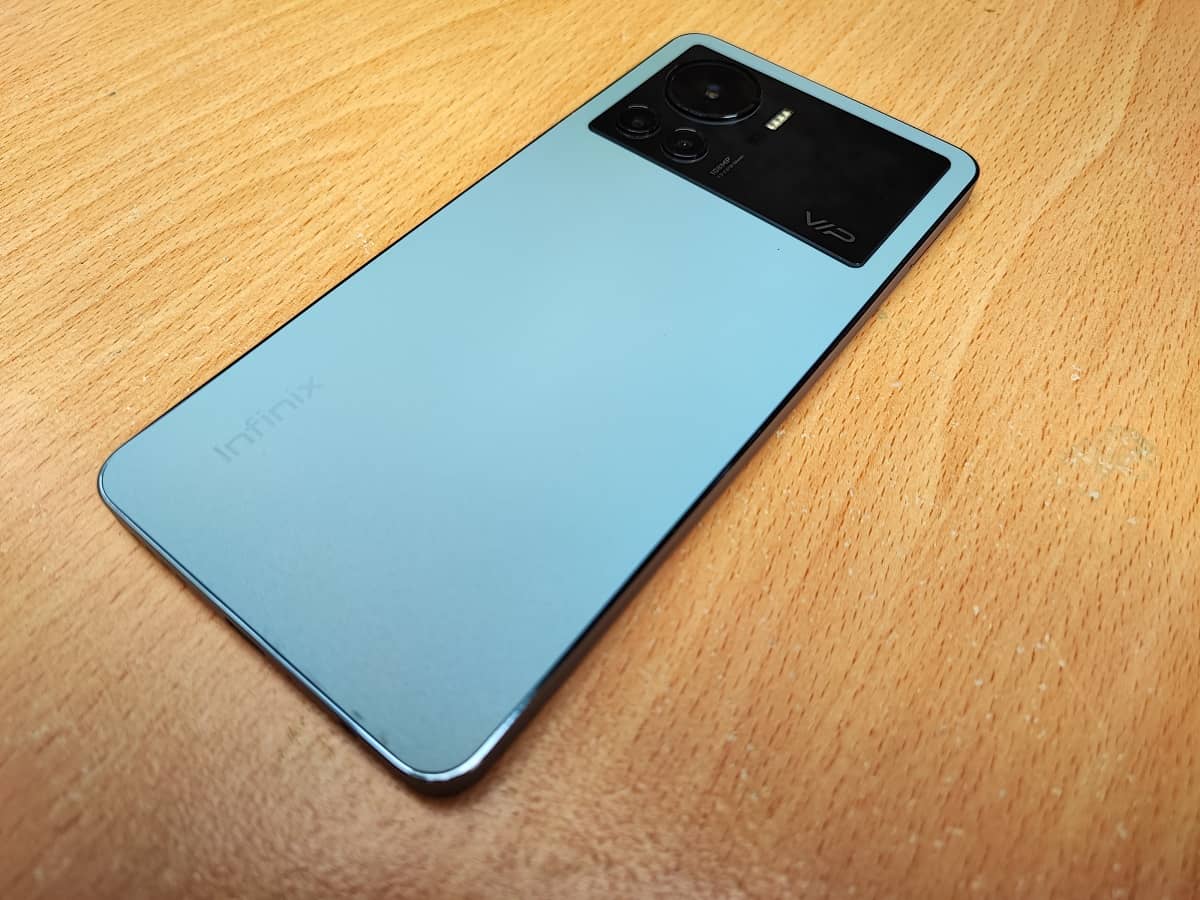
For those looking for smartphones between Ksh 35,000 and 40,000, the Infinix Note 12 VIP and the Xiaomi Redmi Note 11 Pro are some of the two devices on your list. The Infinix Note 12 VIP is the most recent one to launch in Kenya and is available in stores for Ksh 41,000 for the 8GB variant with 256GB of storage. The Redmi Note 1 Pro was launched a few months back and is available starting from Ksh 35,000 for the 8GB variant with 128GB of storage.
I have been using the Infinix Note 12 Play for a few weeks now and I am impressed so far. It is one of the best smartphones I have used from Infinix recently.
Both the Infinix Note 12 VIP and the Redmi Note 11 Pro focus on performance, reliability and those who want better camera performance. With that said, you should choose carefully which one you go with.
Read: Infinix Note 12 VIP Review
Performance and Hardware
Both phones are powered by the MediaTek Helio G96 processor with 8GB of RAM and either 128 or 256GB of storage. With that said, there is no difference in performance between the two devices. The Helio G96 can handle some demanding tasks including gaming without much of an issue.
For the build quality, the Infinix Note 12 VIP is one of the best smartphones from the company I have ever used. It does feel premium and the design and build quality is very different from other smartphones from the brand.
Software
The Infinix Note 12 VIP comes with Android 12 out of the box while the Redmi Note 11 Pro comes with Android 11. The Redmi should be upgraded to Android 12 at some point this year.
The two phones offer different software experiences but there is no big difference between them. Performance is quite good for both of them and the features are pretty much the same. In the end, you will just have to go with the one that you really like and the differences between the two are not that big.
Display
Both devices come with 6.7-inch displays with 1080 x 2400 pixel resolutions. The Redmi Note 11 Pro has a Super AMOLED display while the Note 12 VIP has an AMOLED display. Both displays are good and as you probably know, AMOLED displays are quite superior and the blacks you get are just unmatched. Both displays have 120Hz refresh rate.

Super AMOLED is a more advanced version and it integrates touch-sensors and the actual screen in a single layer. Super AMOLED displays are also 20% brighter, offer 20% lower power consumption and 80% less sunlight reflection.
Cameras
Looking at the cameras, the similarities are still there. The Infinix has a triple camera setup while the Redmi has a quad-camera setup. Both devices have a 108MP wide main sensor with the Note 12 VIP having an additional 13MP ultra wide sensor and a 2MP depth sensor. The Redmi has AN 8MP ultrawide sensor, 2MP macro lens and 2MP deph sensor.
- Infinix Note 12 VIP
- Redmi Note 11 Pro
The shots you get with either phone are quite detailed with the right balance of saturation. There is no big difference between the shots you get with these phones.
Both phones have 16MP wide selfies cameras that also take very good shots. Just like with the back cameras, there are no big differences in quality of shots between the two phones.
Battery
The Infinix Note 12 VIP has a 4,500 mAh battery which is smaller than the 5,000 mAh battery of the Redmi Note 11 Pro. The advantage the Note 12 VIP has is it supports 120W fast charging that can fully charge the phone from 0 to 100% in less than 20 minutes.
Read: Comparison Review: Infinix Hot 12 Play Vs Tecno Spark 8P




